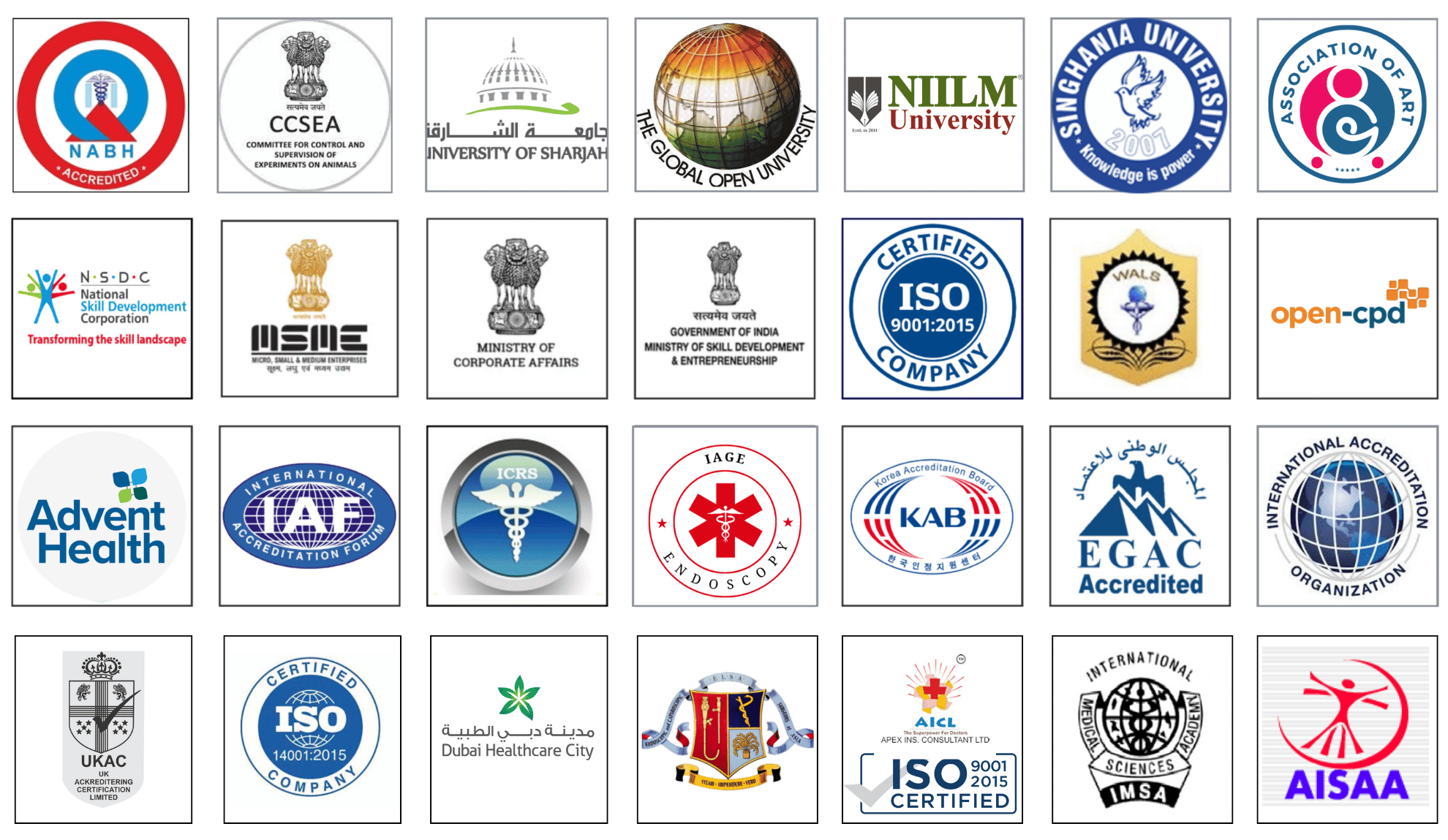Components Separation Technique in the Repair of Hernias
| Discussion in 'All Categories' started by Dr Roshan Rastogi - Dec 19th, 2016 5:51 am. | |
|
Dr Roshan Rastogi
|
Dear Sir, I want to know how to do Components Separation Technique in the Repair of laparoscopic Hernias? With regard Dr Roshan Rastogi |
|
re: Components Separation Technique in the Repair of Hernias
by Dr R K Mishra -
Dec 19th, 2016
6:08 am
#1
|
|
|
Dr R K Mishra
|
Dear Dr Rastogi Components Separation Technique is of no use in the Repair of laparoscopic Hernias. In laparoscopic hernia we reinforce the entire defect tension free with one single mesh. In open surgery Intraoperative technique.of component seperation is useful in large defect of abdominal wall in open surgery. Component separation is done by using coagulation diathermy. The skin and subcutaneous tissue are dissected free from the anterior rectus sheath and the external oblique (EO) aponeurosis, Main advantage of this technique is that enables significant advancement of the rectus abdominis, internal oblique and transversus abdominis muscles toward the midline During this technique dissection is carried out laterally as far as the anterior-superior iliac spine. The external oblique aponeurosis is incised longitudinally about 2 cm lateral to the rectus abdominis muscle. The external oblique aponeurosis and external oblique muscle are separated from the underlying internal oblique muscle as far laterally as possible, The posterior rectus sheath is then incised longitudinally and separated from the rectus abdominis muscle to provide further medial advancement of the myofascial complex. The average length of surgery was 5 hours. Chances of hematoma, infection and recurrence is also there. Some patient may develop Intra-abdominal compartment syndrome secondary to postoperative hemorrhage.. In this process there is a lot of dissection and tissue disruption is involve so it is not recommended to perform for small hernia and can not be carried out laparoscopically. |





